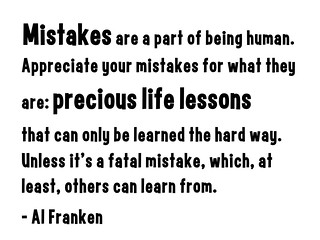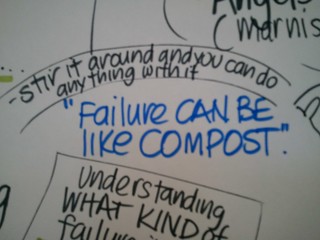From our global survey, the reasons why 18 organisations gave up on KM, and how to stop this happening to you.
This question asked them to identify (from a list of 6 options) the reasons why they had given up, choosing as many as were relevant, and adding additional factors which were not on the list.
The frequency of their selections is shown here and listed below.
The frequency of their selections is shown here and listed below.
- Internal reorganisation was the most common reason, mentioned by 12 respondents out of the 18. I explain in a separate post how to make your KM strategy reorganisation-proof. Knowledge Management is a long term program in a short term world, and needs attention to delivering Proof of Concept exercises, and application of what the Army call a two-pronged approach, so that value is delivered early on through solving business problems, and the KM program proves its worth well enough and early enough to make a case for surviving reorganisation.
- Cultural barriers was number two mentioned by just under half of the respondents. There will always be cultural barriers (see my post on how to address the cultural barriers). If they were too strong, then your Knowledge Management program was lacking something; either high enough support, or a careful enough change program.
- Lack of involvement from staff. This often comes when you make KM an optional activity, and rely on initiative and goodwill for people to become involved. This is not a good implementation approach!
- Technology did not deliver as expected. However technology is not the solver bullet, and n ever will deliver benefits on its own. That's why you need the complete KM Framework, including roles and accountabilities, processes, technology, and governance.
- KM did not deliver the expected benefits. I am not sure what was at the root of these two responses. KM, in my experience, when applied to business issues, delivers real value, However it can take a couple of years for that value to be realised.
- KM was taking too long to deliver. See number 1 above.
In addition, the respondents added the following reasons for failure.
- Too much focus on technology platforms and not enough on incentives and cultural elements,
- The Company was sold to government, which had no interest whatsoever,
- No customer demand reported
- New Top Management - Not interested in KM
- Replaced with Business Process Management
- Lack of executive buy-in / drive


















